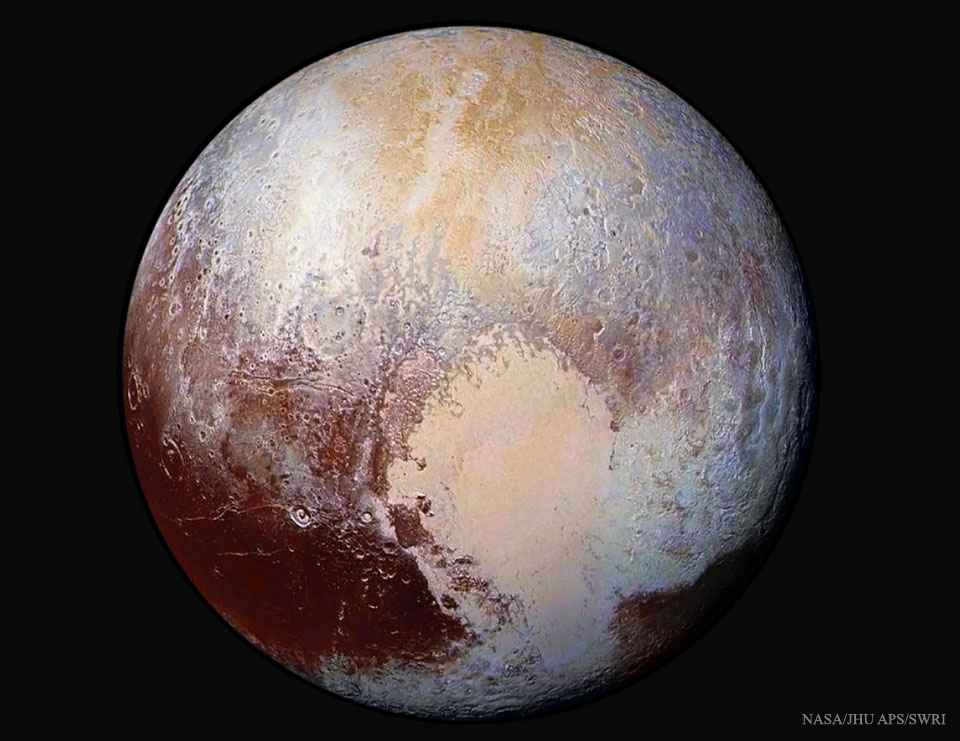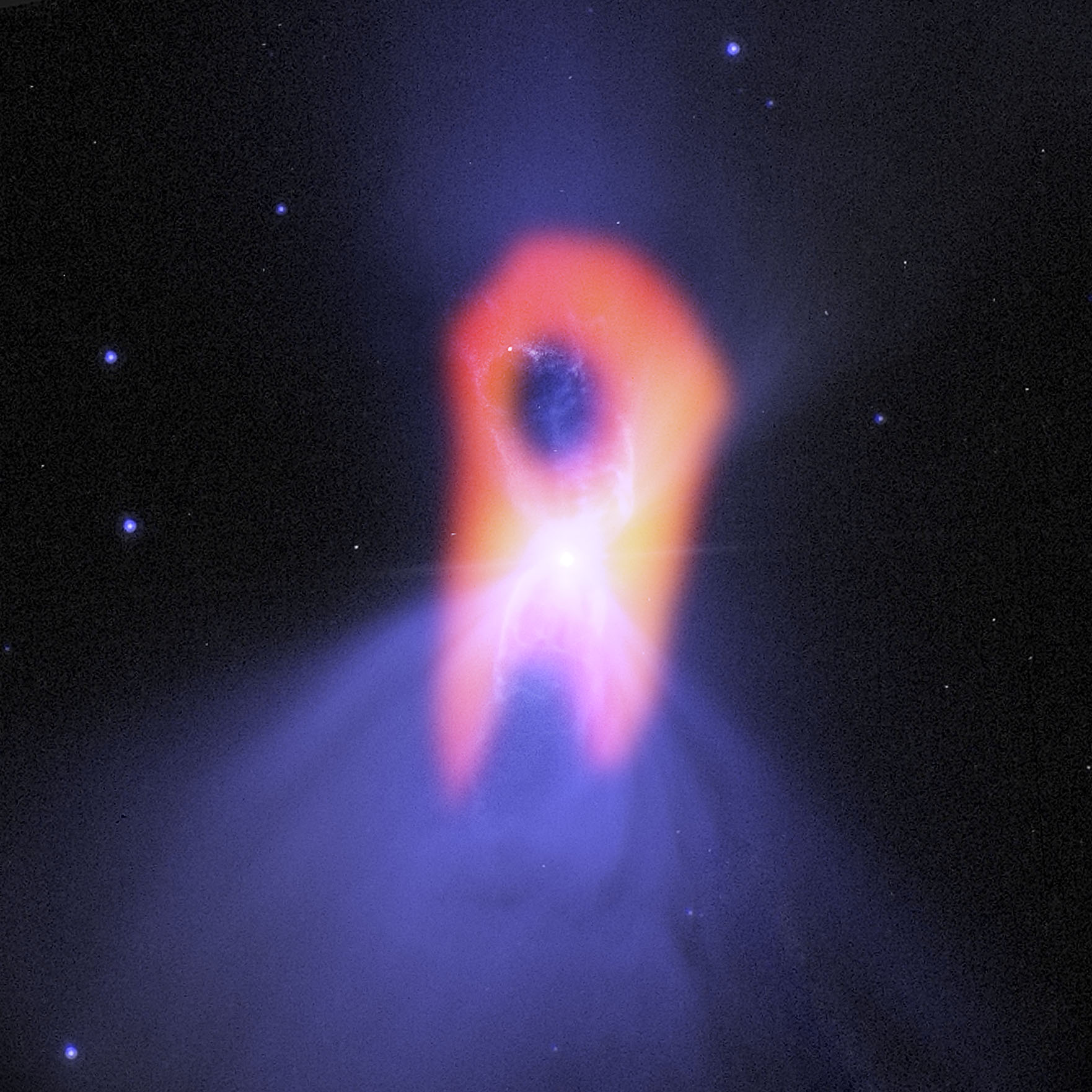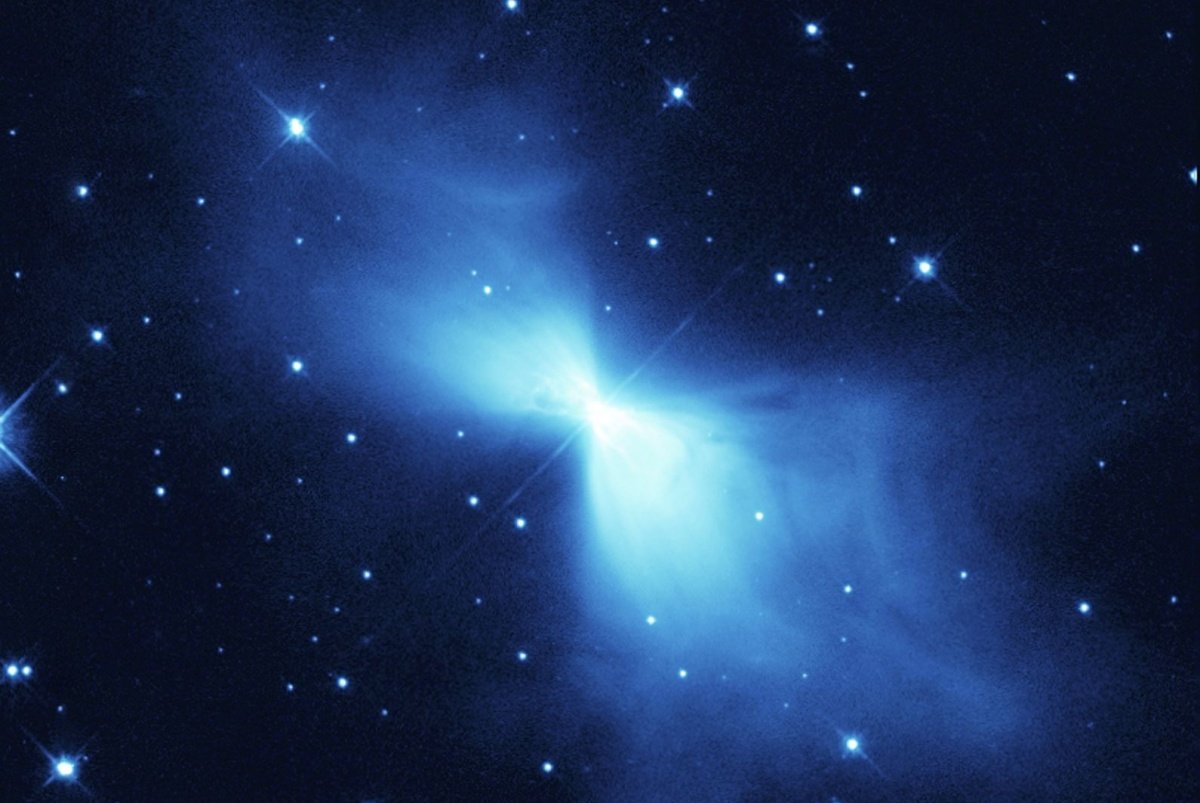*This text was written by a TecMundo columnist; finally learn more.
Imagine the coldest place on earth. In this mental exercise, some thoughts will be taken to memories of a particularly cold day we had, others to countries with harsh winters, and still those whose thoughts will go directly to the poles of the planet, to the poles where there is almost no heat. Stay above 0ºC. But the truth is, all of these places have hot and welcoming summers compared to the coldest naturally occurring place in the universe.
To talk about temperatures in the cosmos, it is necessary to recall the definitions of thermal energy that we learned in basic physics work during our school days. All the particles that make up ordinary matter are in constant motion, therefore they have an intrinsic kinetic energy. This kinetic energy is directly and proportionally related to the thermal energy of the system, that is, the larger the kinetic energy of the particle cluster, the greater the thermal energy of the system. The degree to which the thermal energy of a system is measured is called temperature.
Conversely, when we talk about low temperatures, we are necessarily talking about low thermal energy and hence low motion of the particles that make up the body or ground in question. So in a very cold place, particles move so slowly that they approach the limit of what it means to be truly at rest. There must be no heat source inside or near for these particles to absorb thermal energy.

Physically, this means you need to be as far away as possible from all moving particles and radiation sources. For this we need to take our thoughts away from the Earth. It is necessary to seek a place as far as possible from stars, galaxies and clouds of hot gas.
For example, our planet, 150 million kilometers from the Sun, is kept at a modest 25ºC, which would be almost 50% colder without our atmosphere. Moving further from the Sun will make things harder to heat: Pluto is cold enough to freeze liquid nitrogen; surface temperature is usually below -200°C.

However, when we speak of the depths of space, although we have the image of a barren and scarce void filled with vast distances between structures penetrating the Universe, it is impossible to be completely blocked from any energy source. For example, even if we consider a distant place where we have filtered out any external source of energetic photons, a place shielded from starlight in the deepest recesses of intergalactic space, there will still be something warming that region: radiation left over from the Big Bang at a temperature of about -270°C ( ~2,725 K at absolute scale) cosmic microwave background.
This is actually one of the lowest temperatures: the average temperature of vacuum is only 3 units above the lowest temperature anything can reach in nature: -273.15°C (0 K on the absolute scale). But surprisingly, there is an even cooler place.

Our galaxy, the Milky Way, has a place that reaches an impressive temperature of -272ºC (1 K in absolute scale). Known as the Boomerang Nebula, one of the strangest objects in the Universe, it lies just 5,000 light-years from Earth. It got its name from its asymmetrical appearance, noticed by astronomers when it was first observed in 1980.
This is a pre-planetary nebula: an intermediate stage in the life of a dying Sun-like star. At this stage of stellar life, the ejection of the outermost layers of the star transforms it into a white dwarf every few thousand years. However, the Boomerang Nebula expels its gas and loses its mass about ten times faster than normal: in terms of matter, about two Neptune planets are ejected each year.

As a result of all this, parts of the nebula reached half a degree above absolute zero, making its interior the coldest natural place ever known in the Universe. These and other temperatures of distant objects in the universe can be measured using electromagnetic radiation reaching telescopes through known relationships that allow the temperature to be derived from the wavelength of light.
Given the cosmic vastness, there are probably other places colder than what we’ve discovered so far. We just have to keep looking.
Nicolas Oliveiracolumnist for Technology WorldHe holds a degree in Physics and an MA in Astrophysics. He is a professor and currently doing his PhD working with galaxy clusters at the National Observatory. He has experience teaching Physics and Astronomy and researching Extragalactic Astrophysics and Cosmology. It acts as a popularizer and scientific communicator aimed at the dissemination and democratization of science. Available on social networks like Nicolas @nicooliveira_🇧🇷
Source: Tec Mundo
I am Bret Jackson, a professional journalist and author for Gadget Onus, where I specialize in writing about the gaming industry. With over 6 years of experience in my field, I have built up an extensive portfolio that ranges from reviews to interviews with top figures within the industry. My work has been featured on various news sites, providing readers with insightful analysis regarding the current state of gaming culture.












